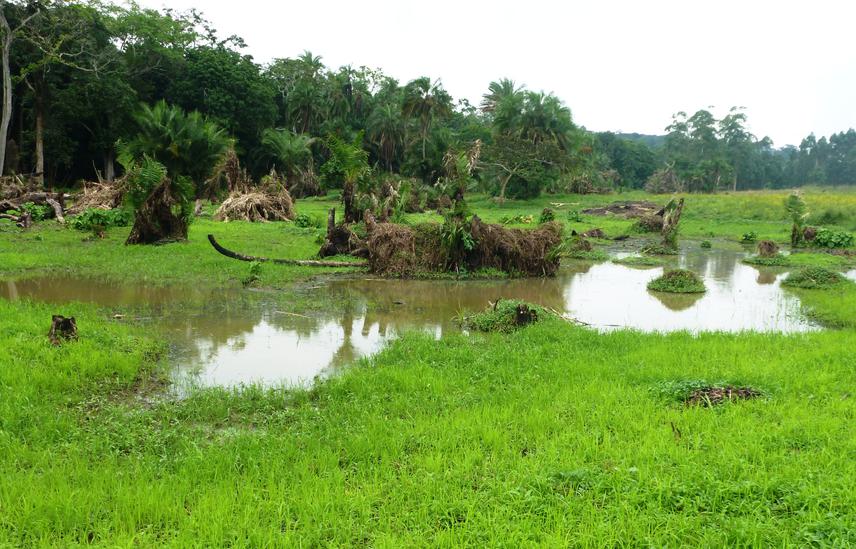Bruce Ainebyona
Other projects
3 Nov 2023
Primate Monitoring as a Tool to Promote Human-Wildlife Coexistence in Magombe and its Tributary Wetlands/Forest Patches
The project will aim at improving the relationship with local communities surrounding the wetland through mitigating boundary the conflicts between locals and KAFRED since they will understand where the wetland starts and ends.
Through zoning, the project will also aim at promoting sustainable use of wetland resources such as raw materials to use for local craft industry, water for domestic use, fish and medicine. Zoning will also include areas for research, tourism and other activities such as beekeeping all aimed at improving livelihoods of the wetland neighbours
The project will help in conservation of the wetland and the different plant and animal species with in through reduced habitat degradation
The experience will help other institutions and government to learn how they can better manage wetlands while working closely with the local communities.

Growing rice in a corridor that connects Magombe to Kibale National Park.
Magombe is a four square Kilometer wetland: a habitat for eight primate species, over 200 bird species and 100 tree species. The wetland is surrounded by a densely populated community mainly involved in subsistence farming. As a result of the increasing population, there is increased human pressure on this wetland which has resulted into encroachment and over extraction of resources such as trees for fuel wood and charcoal (Hartter, 2007). Under the project, the wetland will be demarcated using 300 pillars and 1000 indigenous such that the locals are aware of boundaries to avoid encroachment.
The wetland will also be zoned to enable local community members use the different resources sustainably. In the five villages identified livelihood activities such as fish farming, beekeeping and craft making will be supported to improve the livelihoods of wetland neighbours. This will target at least 80 house holds
The project will incorporate education and awareness programs to enable locals appreciate the benefits of conserving this wetland and also understand the project aims. This will be through meetings with local community members in their respective villages and training at least 60 local leaders.
We will work together with wetland neighbours, local leaders, and officials from the District Natural Resources Office and the Wetland department of the Ministry of Water and Environment in five villages.
We will regularly monitor compliance and record data up to the end of the project. At the end of the project, accomplishments will be reported to the Rufford Foundation and other stakeholders such as the District and Local Government. We will also share challenges encountered and seek suggestions sought on how the wetland can be better managed. These ideas will be incorporated in the plan for the further management of the wetland.